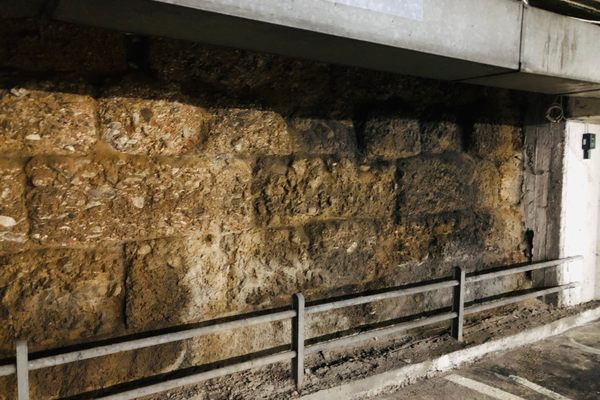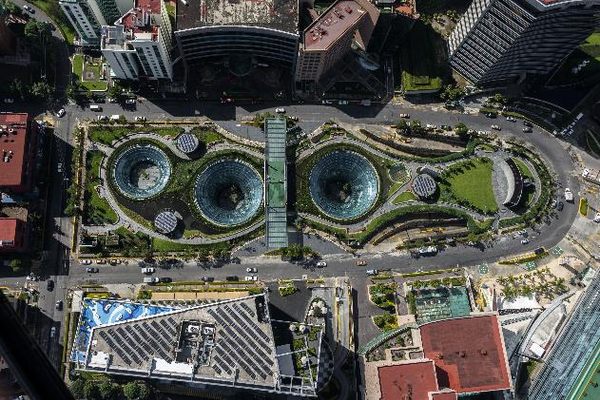About
In many ways, John Lawes is the reason the world can feed its billions of people today.
In 1843, Lawes started an agricultural research station on the grounds of his inherited estate, Rothamsted, and what began as research for a small fertilizer company grew into a long-term agricultural experiment.
Lawes began his research during a period of rapid industrialization and growth in both the United Kingdom and abroad, with emphasis on feeding a growing population. Teaming with a chemist named Joseph Gilbert, they developed a superphosphate fertilizer and a program to test its productiveness.
With an eye on long-term effects, Lawes and Gilbert created a number of research fields on the Rothamsted grounds, and set into motion the 160-year agricultural Broadbalk experiment focused on crop cycling and wheat sustainability. The research gathered from Lawes’ experiment has helped develop fertilizers and agricultural techniques that are still employed.
The Rothamsted estate is now under private control by Rothamsted Research and the focus of research has shifted to include bioenergy and biotechnology. Although the experiments have changed over the last 160 years, Rothamsted has always reflected some of the most important issues of the time and provides a window into the issues that have challenged and will challenge sustainable agriculture into the future.
Related Tags
Know Before You Go
A thirty-minute train ride from London.
Published
June 7, 2011






















